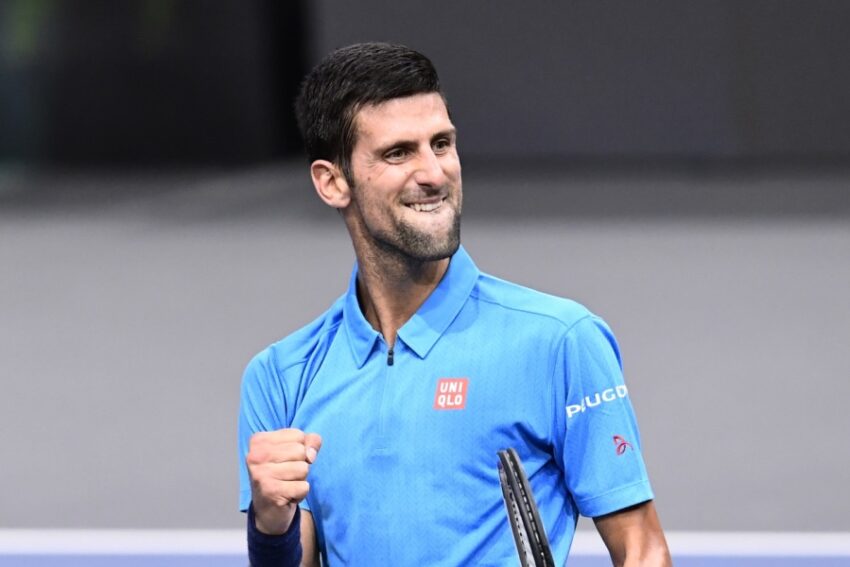Fresh from triumph at the Paris Olympics, he will be up against young guns Alcaraz and Sinner at Flushing Meadows

This 37-year-old may still be a bit hungover, yet he’s come just as hungry at the US Open that begins on Monday.
To add a 25th Grand Slam against his name that will move him past Margaret Court and place an unmatched stamp on his legacy which now also has the Olympic gold embossed on it. To do what no men’s singles champion has done at the US Open in 16 years since Roger Federer in 2008 — defend the title. To keep his six-year streak of winning at least one Grand Slam in a season going.
The last bit holds equal relevance, because Djokovic at this stage of his career is all about Slam success. This is the first time since 2017, the year in which he was struck down for a lengthy period by an elbow injury, that Djokovic has entered the season-ending Slam without having won any of the three before.
In that way, it’s been a paradoxically strange season for the Serb. He’s scripted the “greatest achievement and greatest highlight of my career” — as he put it on Saturday — in it with the Olympic gold. But he’s also had precious little else to write home about. Djokovic had among his worst starts to a season, lost a semi-final (Australian Open) and a final (Wimbledon) to his younger challengers in Jannik Sinner and Carlos Alcaraz, respectively, and tore the meniscus in his right knee during the French Open. The Olympics victory, in fact, is the 99-time ATP titlist’s only triumph of this season.
It is why for the statistical GOAT, too used to grazing trophies, going all the way at this US Open remains “the goal”. It is why less than three weeks after the most emotional he’s ever been upon winning a final, he’s back to playing the first round of the US Open against Radu Albot in Monday’s night session.
“People ask me, “Now that you have basically won everything with the gold medal, what else is there to win?” I still feel the drive. I still have the competitive spirit. I still want to make more history,” Djokovic said.
“Grand Slams are the pillars of our sport… so, if you don’t get pumped and inspired to play your best tennis at Grand Slams, it’s hard to do that anywhere else.”
It was indeed hard for Djokovic to turn up and play anywhere else in the days after the Olympics. He’ll thus dive straight from the clay courts of Roland Garros to the hard court of Arthur Ashe Stadium, having last played a hard-court event back in March at Indian Wells.
It was also hard for Alcaraz to turn up and be himself on the court in the tune-up event for the US Open. The season’s French Open and Wimbledon champion was beaten by Djokovic for the Olympics gold across two close sets separated by tiebreakers. It was still silver for the Spaniard, but that loss stung. The 21-year-old carried those wounds to Cincinnati, slamming his racquet while being shown the door by Gael Monfils in what he felt was the “worst match” of his career.
Going through one of the most challenging phases of his career is world No.1 Sinner. Not performance-wise — he comes into the US Open as the Cincinnati champion — but in dealing with perceptions around the saga of his positive tests earlier this year. The 23-year-old Italian spoke up about it for the first time in New York with composure and poise, and he’ll have to bring all of that on the court as well amid continued chatter around it to go deep at this US Open.
The two youngsters have shared the three Slams between them this year, each having taken down a generational force who was considered indestructible on such stages not too long ago. “This kind of rivalries that I have with Jannik and Carlos, in particular…are the kind of match-ups that still bring the joy of competition to me,” Djokovic said.
Both Sinner and Alcaraz are a touch vulnerable right now. And Djokovic is riding an incomparable high while still experiencing insatiable hunger.
